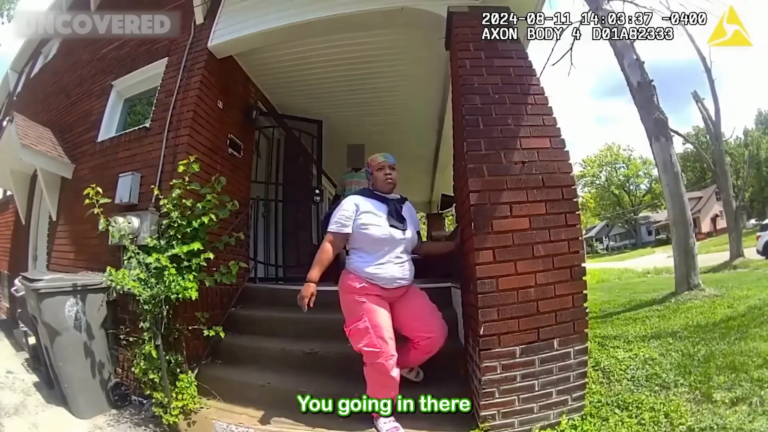As California prepares for significant changes in tenant laws come 2025, landlords must equip themselves with essential information to navigate these new protections. This guide will break down the upcoming regulations to help you avoid potential pitfalls and ensure a smoother rental management experience.
Table of Contents
Introduction
As California’s 2025 tenant-friendly laws loom closer, landlords face a daunting new landscape. Understanding these regulations is not just beneficial—it’s essential for survival in the rental market. With the potential for severe financial repercussions, ignorance is no longer an option. It’s time to take action and arm yourself with the knowledge necessary to protect your investments.
Rent Increase Caps
Starting in 2025, landlords will be limited to a maximum rent increase of 5% statewide. This monumental shift means that landlords can no longer rely on market rates to justify steep increases. The days of 10, 15, or even 20 percent hikes are over, leaving many landlords grappling with how to adjust their financial strategies.
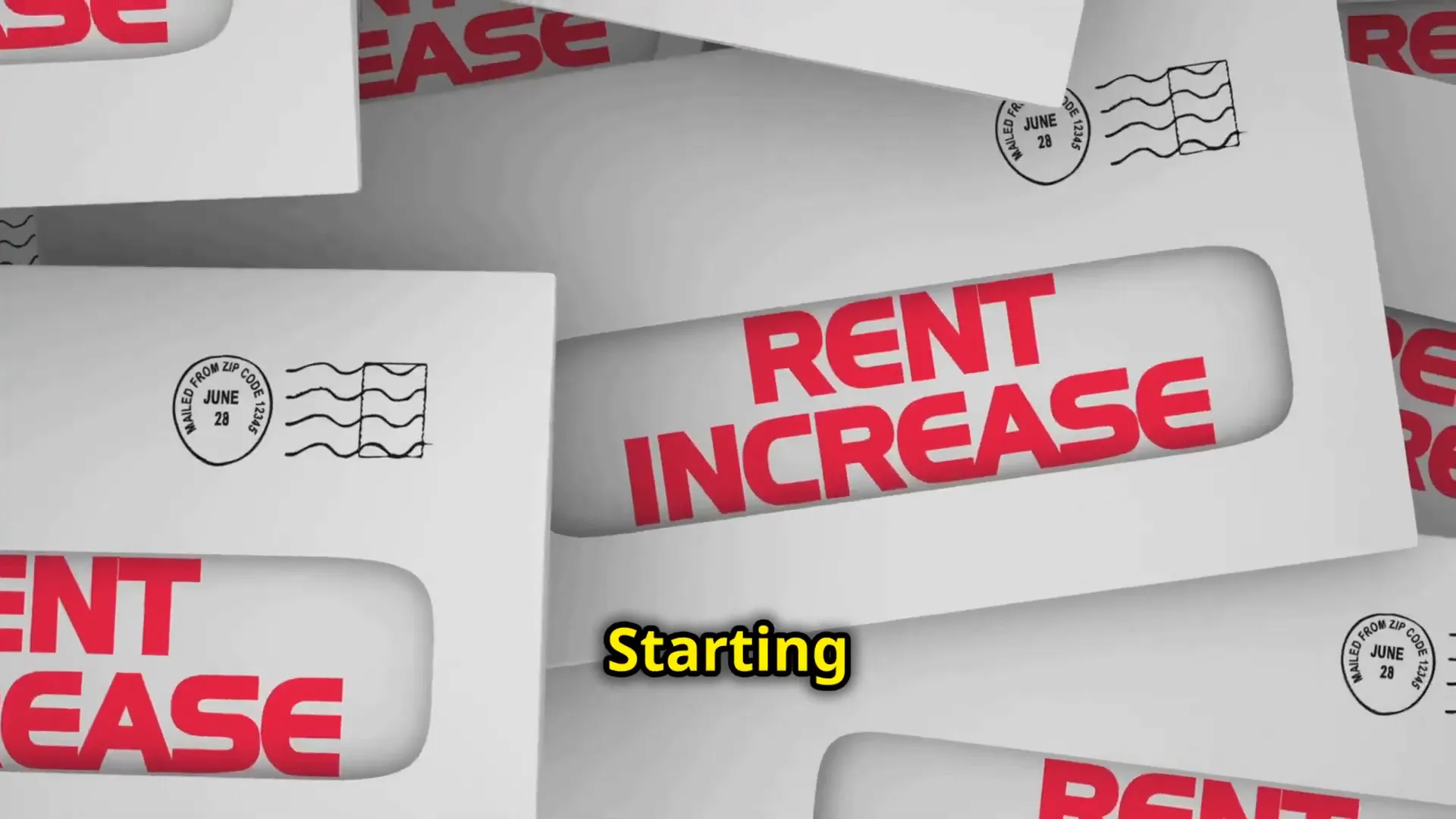
While exceptions may exist, the landscape is changing dramatically. Property owners must now consider how this cap will impact their revenue and long-term financial health. Failing to adapt can lead to significant losses, especially in a climate where property maintenance and mortgage demands continue to rise.
Just Cause Eviction Protection
The introduction of Just Cause eviction protections marks a significant turning point for landlords in California. No longer can landlords evict tenants at will; specific reasons must now be established. Grounds for eviction will be limited to non-payment of rent, lease violations, or illegal activities.
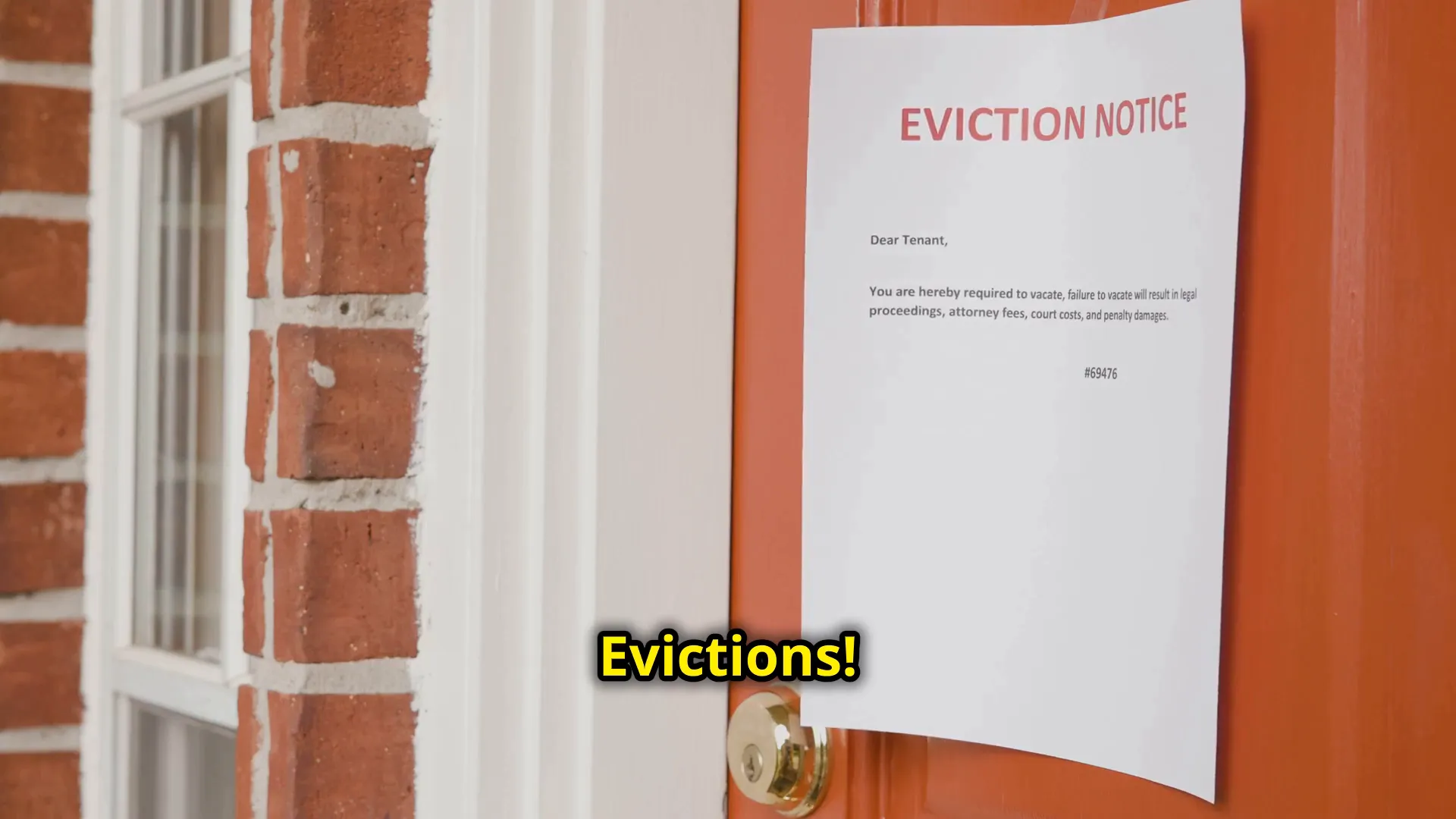
This change is alarming for landlords who previously enjoyed the ability to remove problem tenants swiftly. With the new regulations, landlords must navigate a more complex eviction process, potentially prolonging disputes and increasing the risk of financial loss. Understanding these new requirements is crucial for protecting your interests.
Late Payments Guidelines
Under the new laws, tenants will benefit from a grace period of five days to pay their rent without incurring late fees. While this may seem reasonable, it places an added strain on landlords who rely on timely payments to meet their financial obligations.

Landlords must brace themselves for an increase in late payments, which could lead to cash flow challenges. This shift emphasizes the need for landlords to implement robust financial strategies to manage potential delays in rent collection effectively. Without proactive measures, landlords may find themselves in dire financial situations.
Pet Policies in Rentals
The new pet laws set to take effect in 2025 will complicate matters further for landlords. With pet deposits capped at two months’ rent, landlords now face the challenge of balancing their desire to attract responsible pet owners while protecting their property from potential damage.
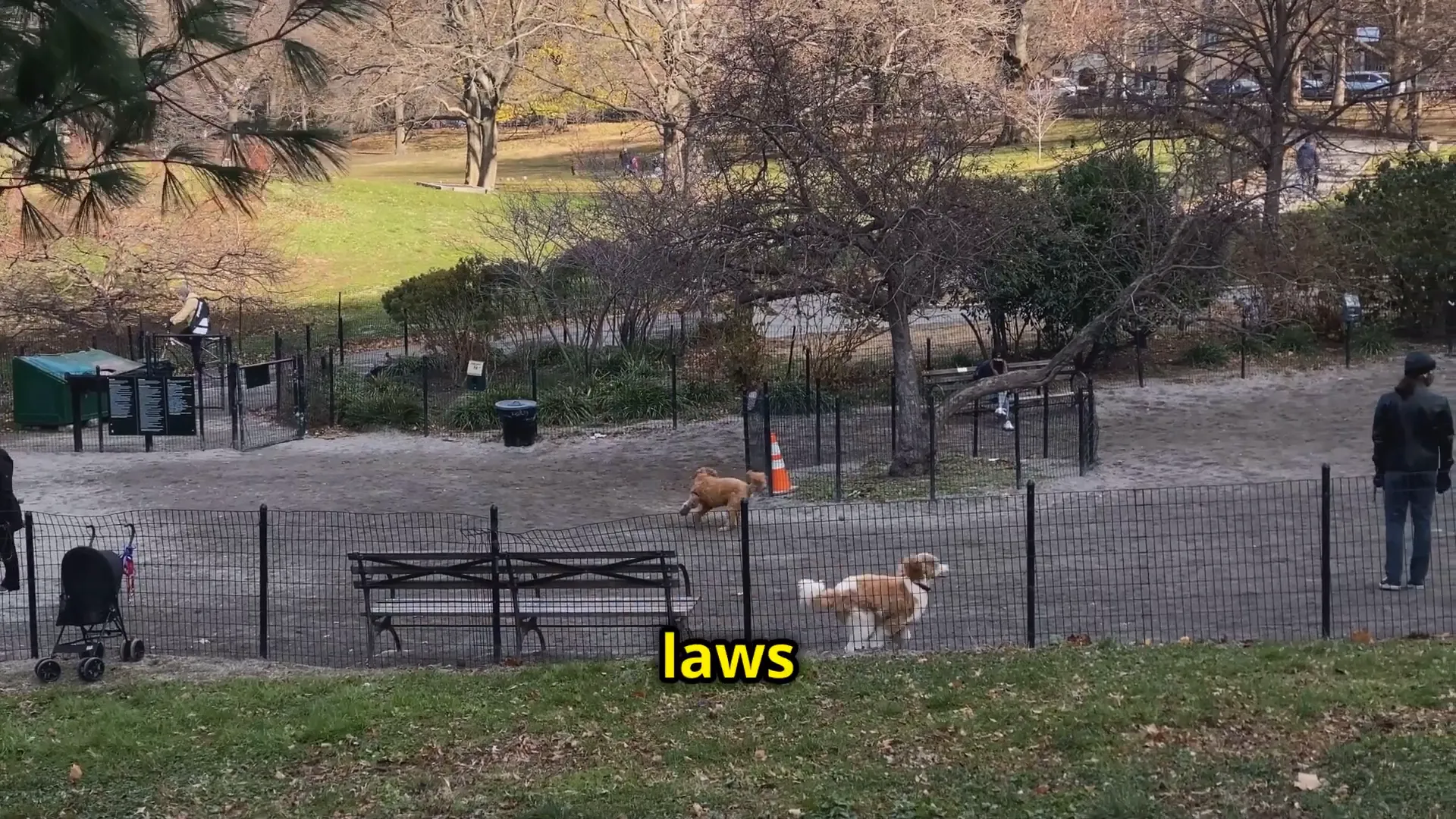
Landlords must adapt their screening processes to ensure they are selecting tenants who will care for their properties adequately. This could involve conducting thorough background checks and requiring additional documentation from pet owners. The stakes are high as a single irresponsible pet can lead to costly repairs and a decrease in property value.
Understanding the Eviction Process
The eviction process is becoming increasingly complex, with new laws requiring landlords to wait longer before filing for eviction. Tenants now have the luxury of time to respond to eviction complaints, which can prolong the process and increase legal costs for landlords.
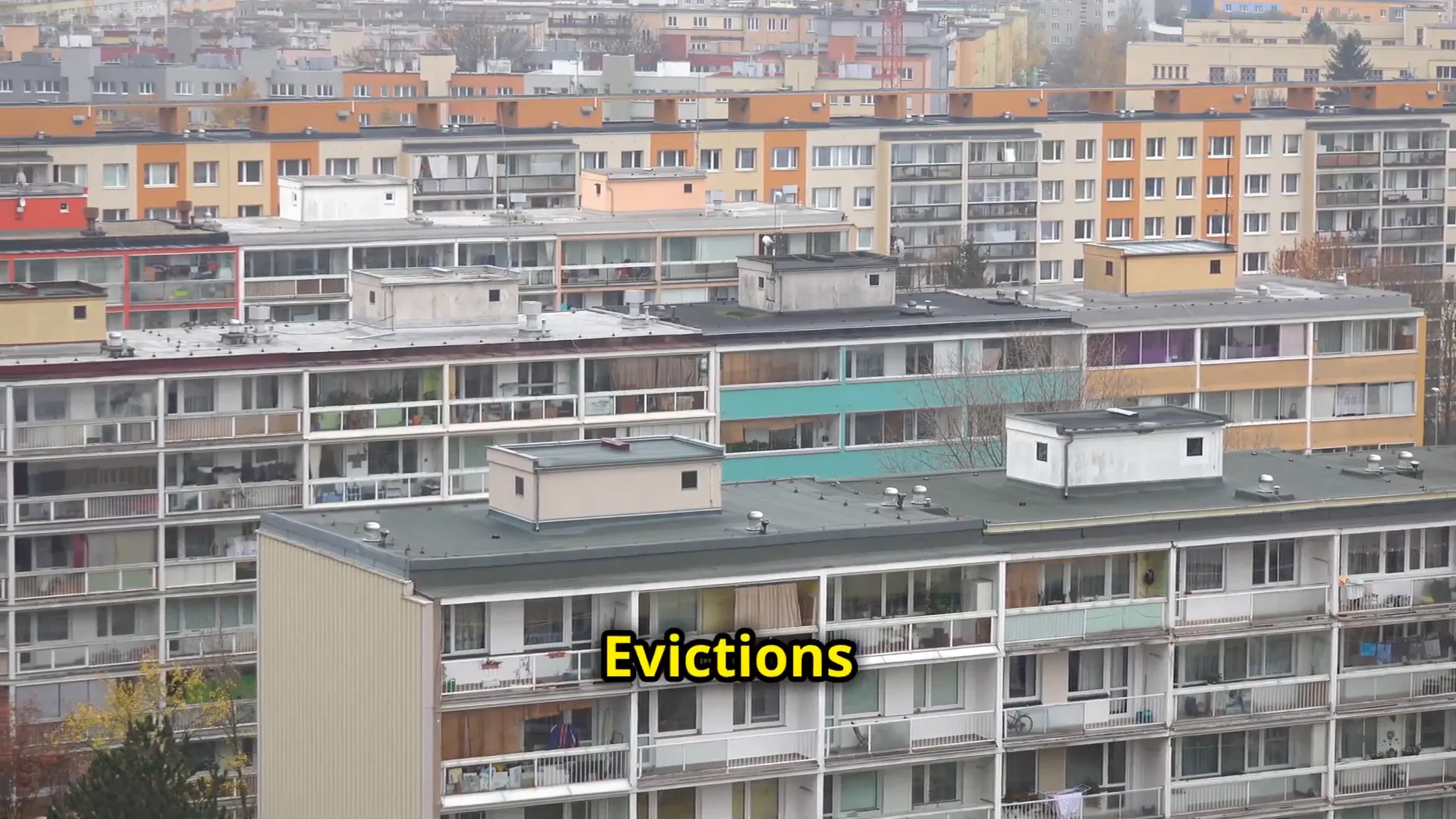
This change not only complicates the eviction procedure but also gives tenants more leverage. As landlords face longer wait times, the potential for squatters to take advantage of the situation grows, creating a perfect storm for financial disaster. It is imperative to understand the new timeline and prepare accordingly.
Subletting Rules and Regulations
With the new regulations, tenants can sublet their units more easily, but this comes with caveats. Landlords must remain vigilant, as written permission is now required for any subletting arrangements. Failing to comply with these regulations can lead to disputes and complications.

Screening subtenants thoroughly is essential to avoid issues down the line. Landlords must take proactive measures to establish criteria for potential subtenants to ensure they align with the property’s standards. With the potential for increased turnover and complications, a meticulous approach is necessary.
Prorated Rent Explained
Understanding prorated rent is crucial for landlords navigating the changing landscape of rental laws. Prorated rent ensures fairness when tenants move in or out mid-month, providing a standardized formula for calculating rent. This new requirement aims to protect both tenants and landlords, but it adds complexity to the rental process.
Landlords must adhere strictly to the standardized formula to avoid penalties. This means calculating the daily rent amount and multiplying it by the number of days the tenant occupies the property. If this calculation is not done correctly, landlords risk financial losses and disputes with tenants.

Moreover, landlords must communicate clearly with tenants about the prorated rent amount due. This transparency is essential to avoid misunderstandings and ensure a smooth transition for both parties. Fostering open communication can mitigate potential conflicts and enhance the tenant experience.
Eviction Sealing Process
The eviction sealing process represents a significant change in how landlords manage tenant applications. Under the new laws, certain eviction records may be sealed, making it challenging for landlords to assess potential tenants’ rental histories. This shift necessitates a more rigorous approach to tenant screening.
Landlords must focus on current qualifications rather than relying solely on past eviction records. This means implementing thorough background checks and requiring additional documentation from applicants. The stakes are high; failure to adapt could lead to problematic tenants occupying your properties.

Understanding the nuances of the eviction sealing process is vital. Landlords should stay informed and seek guidance to navigate this complex landscape effectively. Ignorance could lead to severe penalties and financial loss, making it essential to prioritize education and proactive measures.
Los Angeles Rent Stabilization Overview
For landlords operating in Los Angeles, the 2025 rent stabilization measures will impose stricter controls on rent increases. Annual rent hikes will be limited to 3% for buildings with five or more units, significantly lower than the statewide cap. This change demands immediate attention from property owners.
Landlords must reassess their financial strategies to accommodate these new limitations. With reduced revenue potential, it’s imperative to explore cost-saving measures and find ways to maintain property value without relying on substantial rent increases.
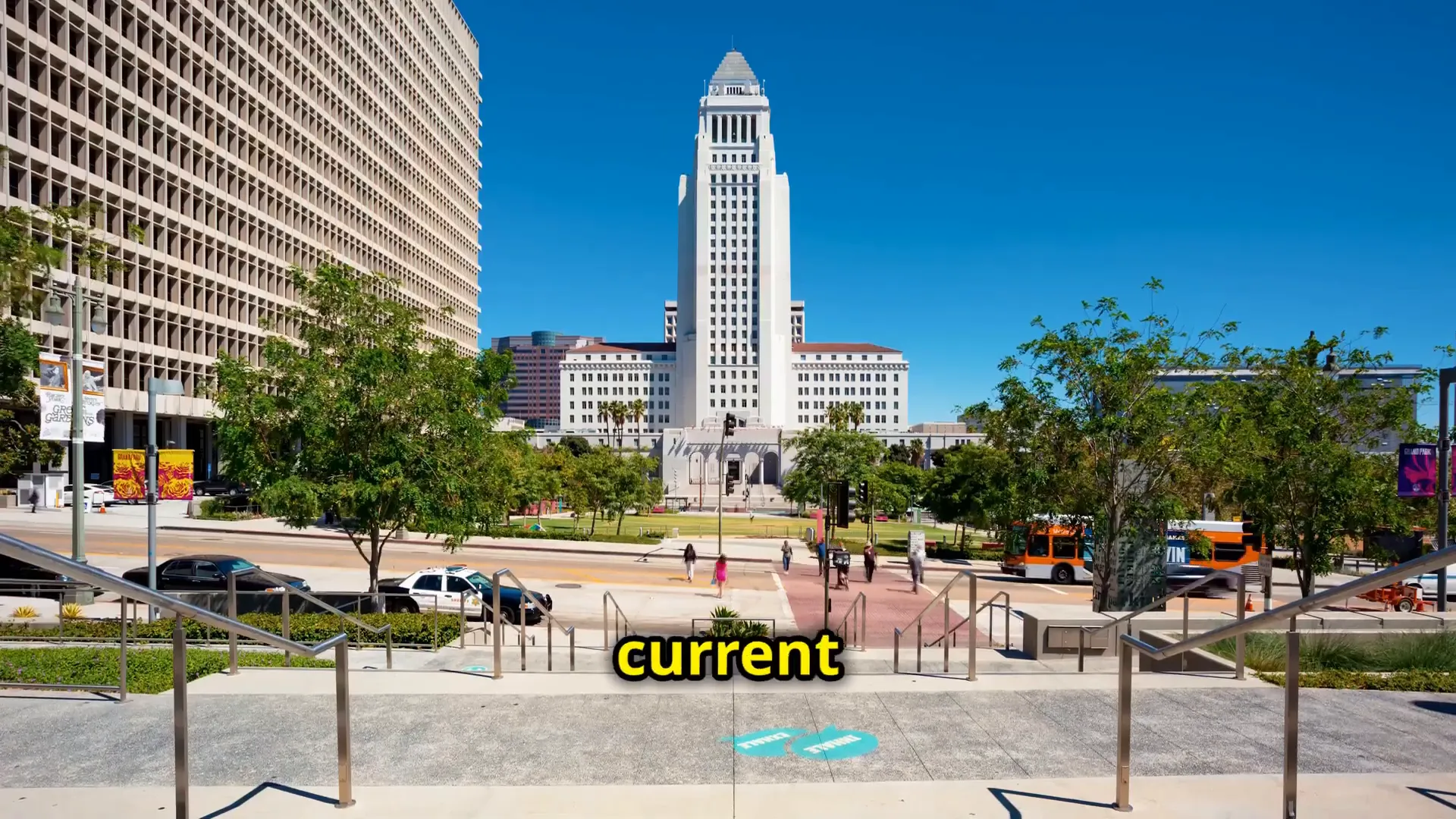
Additionally, understanding the compliance requirements related to these regulations is crucial. Landlords must be proactive in ensuring they meet all legal obligations to avoid penalties and protect their investments. Failure to comply could lead to significant financial repercussions.
Relocating a Rental Property
Relocating a rental property comes with new challenges under the upcoming laws. Significant renovations or demolitions require landlords to provide relocation assistance to affected tenants. This assistance can cover moving costs, finding new accommodations, and even lost wages, potentially running into thousands of dollars.
Landlords must prepare for these financial implications when planning any major work on their properties. Budgeting for relocation assistance is no longer optional; it’s a legal requirement. Failing to provide this assistance could lead to legal disputes and further financial strain.
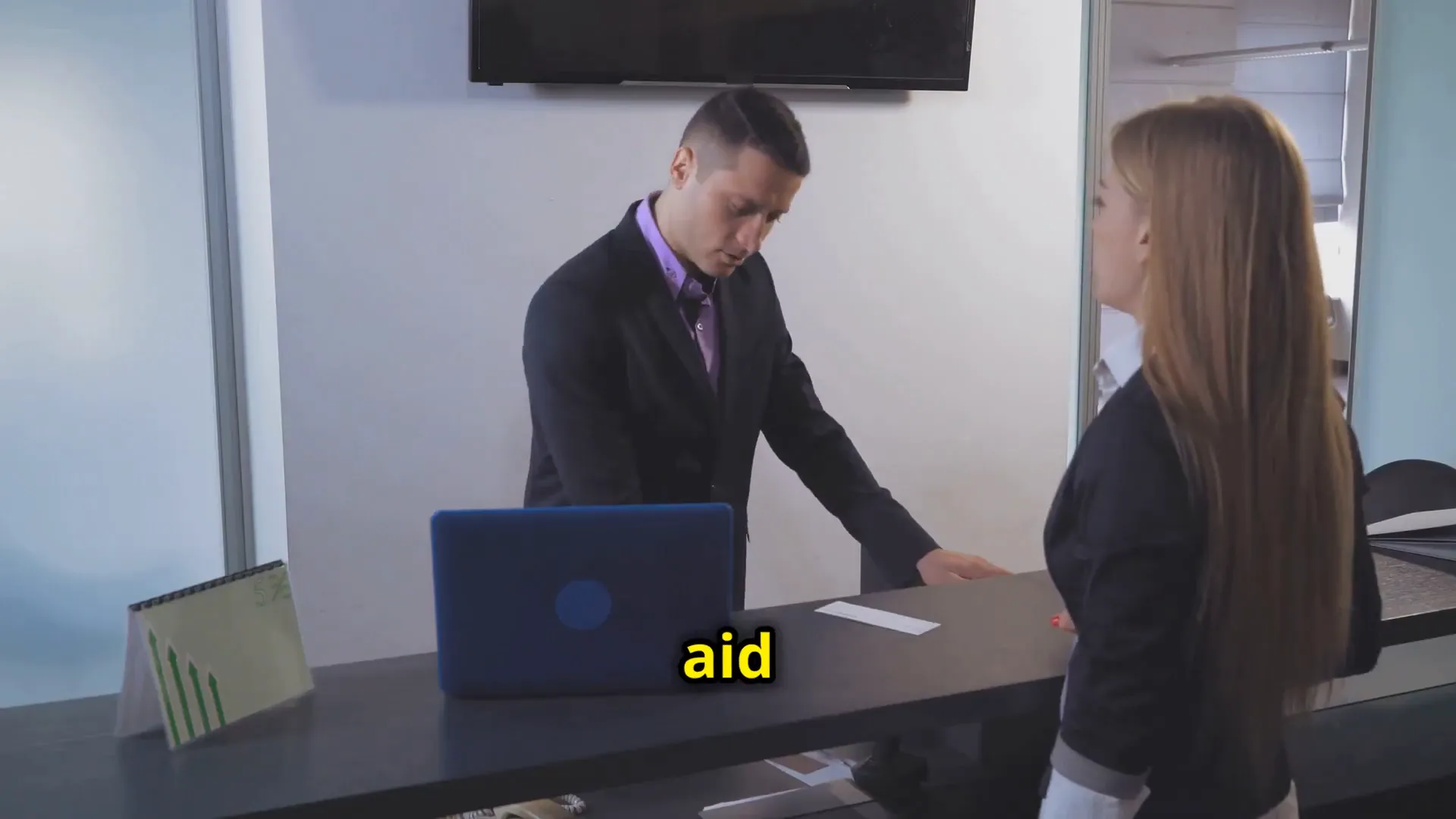
Moreover, landlords should communicate effectively with their tenants about these changes. Transparency can help mitigate misunderstandings and foster a positive landlord-tenant relationship. By being upfront about the process, landlords can navigate relocations more smoothly.
Conclusion
The landscape for landlords in California is evolving rapidly, and the new tenant protections coming in 2025 will have far-reaching consequences. Understanding prorated rent, the eviction sealing process, Los Angeles rent stabilization, and relocation requirements are all crucial for maintaining a successful rental business.
Landlords must adapt quickly to these changes to avoid financial ruin. Ignorance of the laws is no longer an option; proactive measures are essential for protecting investments. Seek guidance and stay informed to ensure compliance and safeguard your property.
FAQ
- What is prorated rent? Prorated rent is a calculation used to determine the rent amount due when a tenant occupies a property for part of a month.
- How will eviction sealing affect my rental applications? Eviction sealing may make it harder to assess a tenant’s rental history, necessitating a more thorough screening process.
- What is the rent increase cap in Los Angeles? For buildings with five or more units, the annual rent increase will be capped at 3% starting in 2025.
- What do I need to provide for tenant relocation assistance? Landlords must cover moving costs, assist in finding new housing, and may need to compensate for lost wages.


